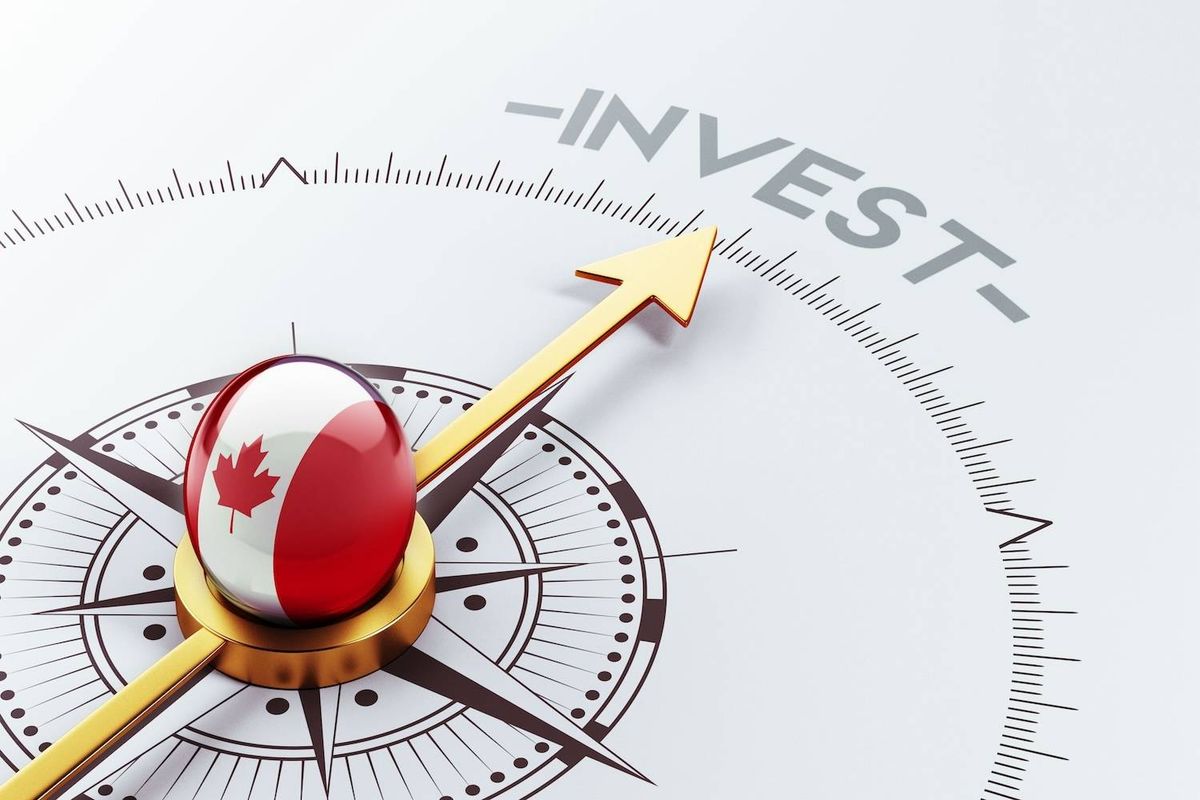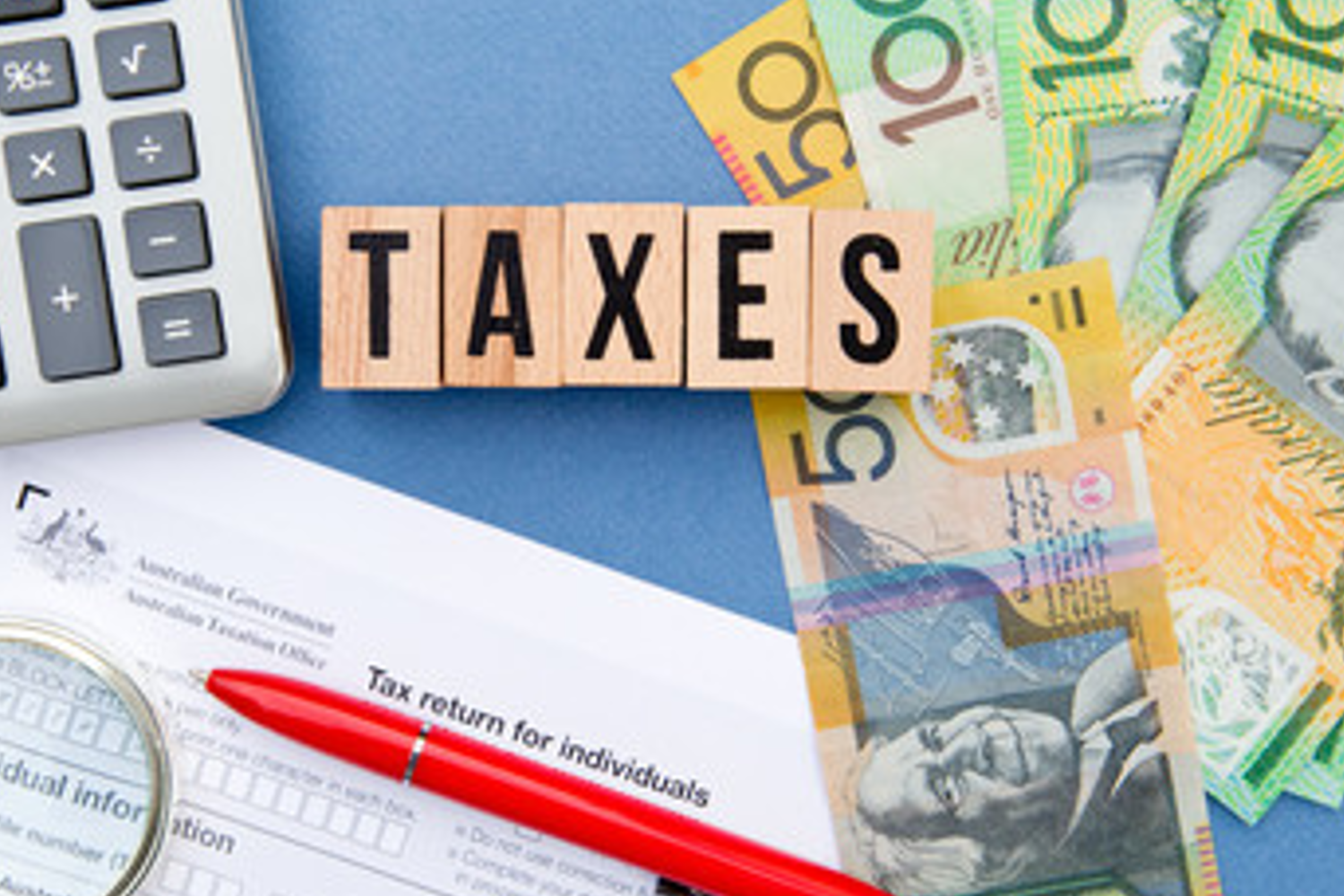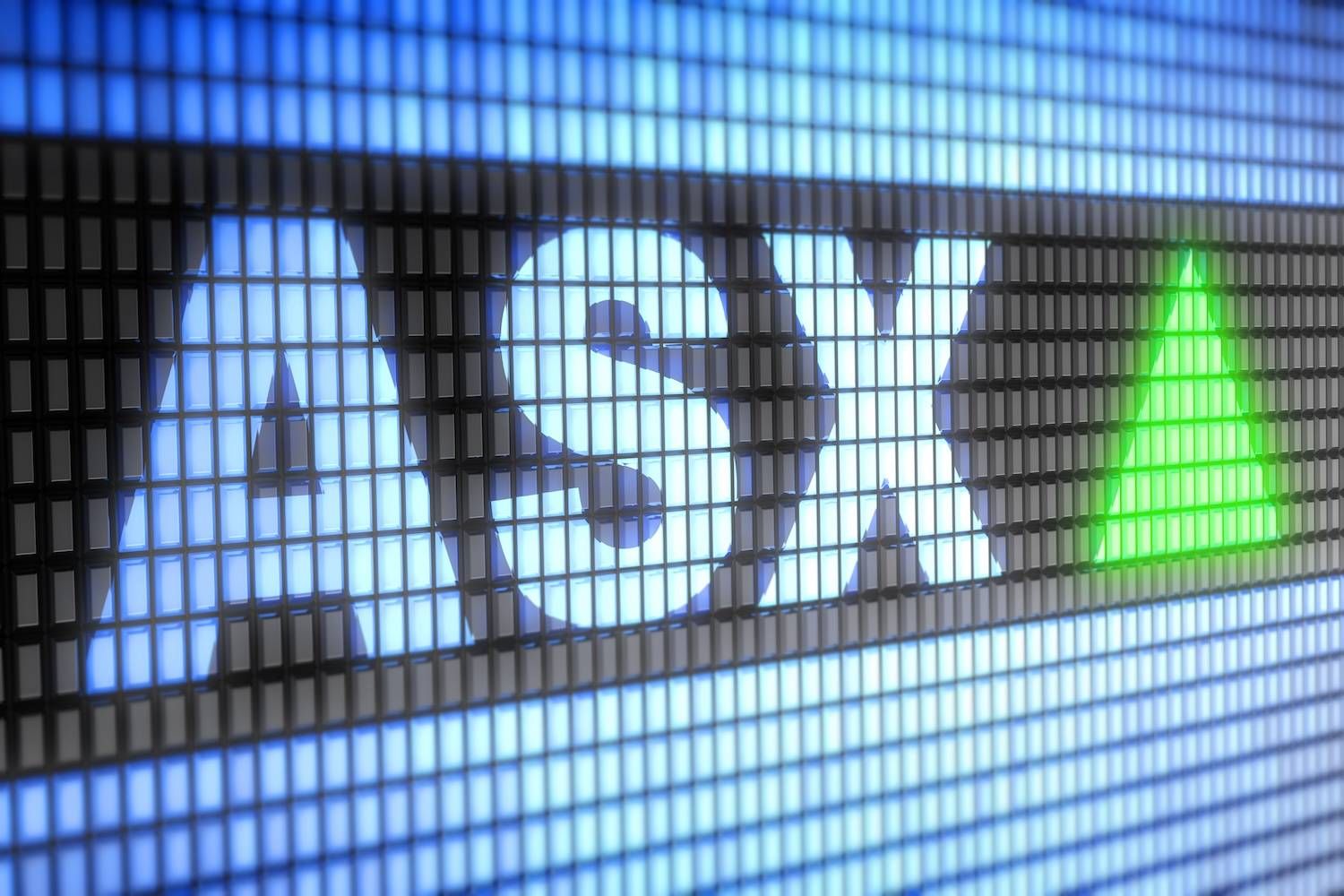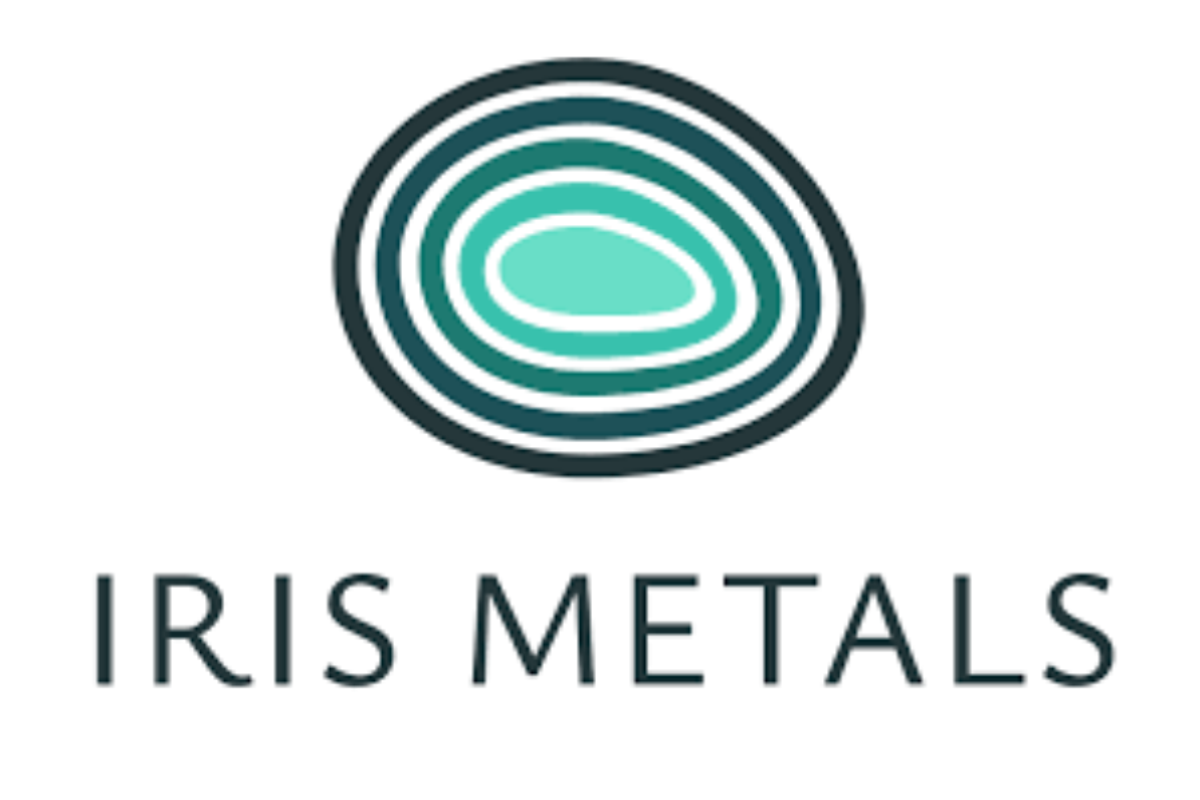
February 10, 2025
Australian manganese explorer and developer, Black Canyon Limited (Black Canyon or the Company) (ASX: BCA) is pleased to announce the results from benchtop scale beneficiation testwork completed on composite reverse circulation (RC) drill chip samples from the W2 prospect at the Wandanya Project1. The testwork demonstrates substantial uplifts from composite feed grades of 21.2% Mn and 41.5% Mn to concentrate grades well above the premium 44% Mn oxide benchmark grade for both the moderate and higher-grade feed samples. The laboratory testwork used HLS techniques as a proxy for widely used, industry based dense media separation (DMS).
- Positive results received from initial beneficiation (Heavy Liquid Separation - HLS) provide confidence that a high-grade manganese oxide concentrate can be readily produced from Wandanya using a simple density-based technique.
- Significant manganese upgrades, on average, well above the premium 44% Mn oxide benchmark achieved:
- WD01MG composite upgraded from a raw feed grade of 21.2% Mn to grades between 44% to 4G% Mn (depending on HLS applied SG and size fraction)
- WD02HG composite upgraded from a raw feed grade of 41.5% Mn to grades between 51% to 53% Mn (depending on HLS applied SG and size fraction)
- Overall concentrate grades range between 50% and 48% Mn achieved with 68% to 76% recoveries respectively when combining the moderate and higher-grade composites results.
- Low deleterious elements such as iron, aluminium and phosphorus from the head grade feedstock and upgraded concentrate element analysis results.
- The Wandanya discovery represents a new exploration model on the eastern margin of the Oakover Basin comprising hydrothermal, stratabound manganese and iron. The Company has only drill tested 240m of the 3km W2 target strike and is looking forward to further drilling these high-grade manganese and iron outcrops2C3.
The initial sighter level metallurgical tests provide a positive insight to the beneficiation characteristics of the manganese mineralisation discovered at Wandanya using feed grades similar to those at Woodie Woodie that routinely use DMS as part of its ore processing circuit.
Black Canyon’s Managing Director Brendan Cummins said:
“Completing this early stage metallurgical testwork and generating a high grade, low impurity concentrate, in excess of the premium 44% Mn oxide benchmark, has been a great achievement and start to 2025. The style of high-grade hydrothermal manganese mineralisation we have discovered at Wandanya lends itself to the application of density-based beneficiation techniques with manganese minerals being denser than the less dense dolomite host rocks. The testwork confirmed our expectation that the mineralisation would beneficiate in a similar manner to the hydrothermal ores processed at Woodie Woodie and demonstrates the potential to produce a high quality manganese concentrate for the silico and ferro alloying industry and as feedstock for high purity manganese sulphate (HPMSM).”
“We continue to learn more about the W2 manganese prospect with these additional layers of analysis and we are quickly building a greater understanding of the prospect’s potential. My main conclusion to date has been the simplicity of the geology, with shallow high-grade mineralisation and now we have demonstrated how readily the manganese can be upgraded using a simple and established density-based process. Our immediate focus is to complete a Heritage Survey and then further drilling down dip and along strike so we can understand the full scale and significance of the discovery.”
“We have only drill tested 240m of strike or less than 10% of the 3km long manganese target based on mapping and rock chip sampling2. This is why we are very keen, following the west season, to get the rig back to site as soon as possible and test not only the manganese targets but also the recently announced high-grade iron mineralisation we have mapped over 2km adjacent to the manganse3.”

W2 Prospect, Wandanya (BCA 100%)
Heavy Liquid Separation Testwork
Testwork samples were selected from about 110kg of RC drill chip samples collected from the W2 drilling program completed in September 20241. Whilst diamond core would be preferable to RC drill chips, for this early-stage sighter level beneficiation testwork, the processing of RC chips does provide initial concentrate grade and recovery data that can be applied to more detailed diamond core based testwork when available.
To facilitate representative examples of mineralisation, the drill chip samples were collected from six holes, with two holes each from a northern, central and southern drill line along 240m of drilled strike. A moderate and high composite grade of 20% Mn and 40% Mn was targeted based on the average intersection around 30% Mn with reasonably distinct moderate grades in an upper zone and higher grades closer to the footwall. The mineralised intervals were all intersected from less than 10m depth. All the samples were crushed to -10mm and then combined as required to produce a moderate (WD01MG) and higher (WD02HG) grade composite.
Click here for the full ASX Release
This article includes content from Black Canyon, licensed for the purpose of publishing on Investing News Australia. This article does not constitute financial product advice. It is your responsibility to perform proper due diligence before acting upon any information provided here. Please refer to our full disclaimer here.
The Conversation (0)
1h
Policy Uncertainty Is Driving Mining Capital Out of Canada
Canada is undermining its own mining advantage as persistent policy uncertainty continues to erode investor confidence across large parts of the country, according to new commentary from the Fraser Institute.Julio Mejía, a policy analyst, and Elmira Aliakbari, director of natural resources... Keep Reading...
31 December 2025
Mining Industry Opposes Proposed Australian Hybrid Corporate Tax System
The Australian government's Productivity Commission is proposing a hybrid corporate tax system in accordance with the Productivity Commission Act 1998.In a report called “Creating a More Dynamic and Resilient Economy Inquiry,” the commission says that the key levers the government has to improve... Keep Reading...
24 December 2025
What is the Santa Claus Rally and Has it Arrived?
As investors bask in festive cheer, the holiday season may signal the start of the so-called Santa Claus rally.The Santa Claus rally is a period between the final trading days of December and the first days of January when stocks tend to climb. While this seasonal uptick isn’t guaranteed,... Keep Reading...
22 December 2025
Top 5 Australian Mining News Stories of 2025
From boardroom decisions to billion-dollar buildouts, 2025 was a defining year for Australian mining companies as they navigated changes in the global landscape.Escalating trade tensions, shifting US tariff policies and heightened geopolitical risk reshaped export strategies and investor... Keep Reading...
18 December 2025
CSE Bulletin: INDEX - CSE 25 Index Quarterly Rebalancing
The quarterly rebalancing of the CSE 25 Index will result in the following changes, effective after the close on Friday, December 19, 2025. Le rééquilibrage trimestriel de l'indice composé du CSE 25 entraînera les modifications suivantes, en vigueur à la fermeture le vendredi 19 décembre 2025.... Keep Reading...
18 December 2025
Iris Secures Right to High-grade Tungsten Project, Montana USA and Update on Capital Raising
IRIS Metals Limited (ASX: IR1, “IRIS” or “the Company”) is pleased to announce it has executed a binding Heads of Agreement (HOA) with Finley Mining Inc for the exclusive right to farm-in to the Finley Basin Tungsten Project (Tungsten Project) located in Granite County, Montana, USA. This... Keep Reading...
Latest News
Interactive Chart
Latest Press Releases
Related News
TOP STOCKS
American Battery4.030.24
Aion Therapeutic0.10-0.01
Cybin Corp2.140.00





